An Artist in the Dirt
An Artist in the Dirt
By Lee Pace
 Tom Fazio was working at Inverness Club in Toledo, Ohio, in the mid-1970s on some course renovations leading up to the 1979 U.S. Open when he noticed an ambitious and talented member of the course maintenance staff named Mike Strantz.
Tom Fazio was working at Inverness Club in Toledo, Ohio, in the mid-1970s on some course renovations leading up to the 1979 U.S. Open when he noticed an ambitious and talented member of the course maintenance staff named Mike Strantz.
“Mike developed a close friendship with Andy Banfield of our staff,” Fazio remembers. “He was a talented artist and drew sketches of golf holes. He showed a real desire to get into golf course design. He liked us and we liked him. After the Inverness project was finished, we offered him a job working for us.”
Strantz immediately moved to Hilton Head to begin working on a Fazio project there. Over the next eight years, he plied his trade on courses such as Moss Creek Plantation, Wild Dunes, Black Diamond Ranch and Osprey Point.
“Golf course design is one of the few trades today where apprenticeship is the only way to get good experience,” Strantz said. “A good designer needs to have excellent knowledge of soil structures, engineering and vegetation, as well as a feel for the average golfer. I was fortunate to work with and learn from one of the best in the business.”
“Mike was a wonderful person, very talented, a devoted family man,” Fazio says. “He loved to be in the field, loved to walk the property. But he didn’t like the travel. That’s the biggest negative to our business—you’re always gone, working on a job.”
Strantz believed he could set up a base in the South Carolina Low Country doing design and construction work. He left Fazio in 1987 to work full-time for Wild Dunes, which was reconstructing parts of its Links and Harbor courses, and later worked for developer Larry Young of Myrtle Beach in designing the Parkland Course at The Legends complex. Strantz did his first solo project in 1993 when he was asked to turn an ancient parcel of hunting and fishing lands near Pawleys Island into a course named Caledonia Golf & Fish Club.
And the dominoes started falling, one job leading to the next and Strantz living temporarily wherever he worked, though only once having to travel more than a half-day’s drive from his home:
Caledonia, Pawleys Island, 1994; New Royal Kent, Providence Forge, Va., 1996;

Tobacco Road
Stonehouse, Toano, Va., 1996; True Blue, Pawleys Island, 1998; Tobacco Road, Sanford, 1998; Tot Hill Farm, Asheboro, 2000; Bulls Bay, Awendaw, S.C., 2002; and Monterey Peninsula Country Club Shore Course, Pebble Beach, Calif., 2004.
Monterey was his last course, and Strantz finished it despite having been weakened by the effects of cancer that would take his life in 2005.
“His golf courses were very strong, they were very artistic and had a lot of flair in terms of elevation and steep slopes,” Fazio says. “All of them are very memorable, just as Mike himself was very memorable. It’s a shame we lost him so soon.”
Strantz named his design firm Maverick Golf Design for excellent reasons. He rode a horse around the property and made intricate sketches of every hole, then turned the drawings over to his shapers. He would be covered in dirt after working the equipment all day or in paint after marking the lines of the various layers of the course — fairways, fescue rough, love grass, areas to be left in their natural sandy state.
Strantz’s courses garnered all manner of accolades starting from his first solo project. Caledonia was named fifth-best public course in America by Golf Digest in 1995 and in the “Top 10 You Can Play” by GOLF Magazine. All of his courses have been listed in the Top 100 Best Modern Courses in America by Golf Digest.
Strantz first got to know Doc Lachicotte in the 1980s when Fazio was designing Wachesaw Plantation. Lachicotte was one the partners in the development company and later hired Strantz to design Caledonia. Lachicotte in a sense is responsible for the two Strantz courses in North Carolina as he recommended Strantz to the developers of both Tobacco Road and Tot Hill Farm.
“We interviewed several architects, and Mike’s work was the most unique we’d seen,” says Tony Stewart, one of the partners at Tobacco Road. “We figured if we wanted a ‘10’ in this area, this close to Pinehurst, we’d better go with the most exciting architect we could find.”
“Mike was an artist and a tremendous talent,” says Ogburn Yates, whose family farm land was used for the Tot Hill project. “He created some memorable features that you don’t see anywhere else.”
Yates pauses a moment and chuckles.
“Now, Mike didn’t pay a lot of attention to the budget,” he says. “We had to go back to the bank to pay for some of his ideas. But the finished product turned out pretty well.”
Read more about Act 2 at Tot Hill Farm
Chapel Hill-based writer Lee Pace has been writing about golf in North Carolina and the Sandhills for four decades. His latest book is “Good Walks—Rediscovering the Soul of Golf at Eighteen Top Carolinas Courses,” available from UNC Press.
Other Blogs

10 Great Things To Do
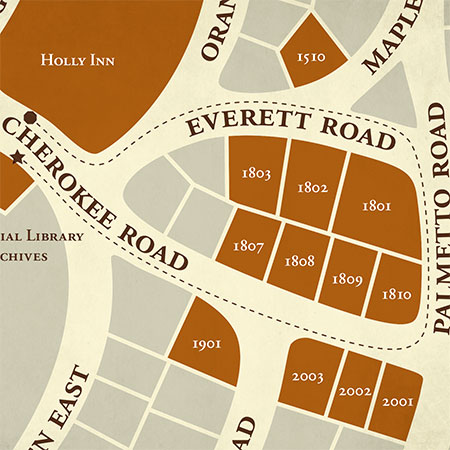
Discover The Path To Pinehurst’s Past

Insider Golf Tips

Unique Wedding Venues

North Carolina Couples Vacation

Our Favorite 19th Holes in the Home of American Golf

Girlfriend Getaways

Tobacco Road: A Truly Unique Golf Adventure

Carolinas Golf Association Hall of History
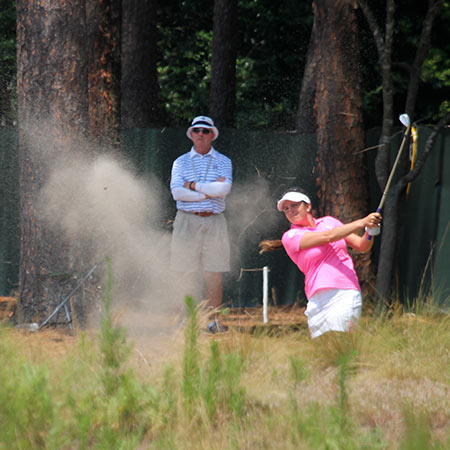
Where the Ladies Golf

Romancing Pinehurst

Home of American Golf and U.S. Open Connections

Former U.S. Open Champions Provide Pinehurst Area Some of Its Finest Designs

Donald Ross First of Many Architects to Design U.S. Open-Quality Courses in Sandhills

Sandhills Offers Outstanding Variety of Outdoor Activities

Buddy Golf Trip

18 Holes of Local Knowledge for the Sandhills Golfer

The Family Fun Trip
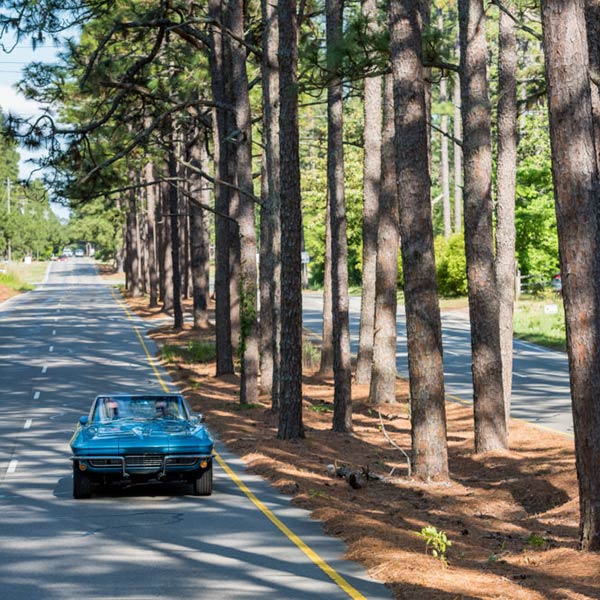
Midland Road: The “Fifth Avenue of Golf”

Collards, Community and Collaboration

10 Little-Known Facts About North Carolina’s Pinehurst/Southern Pines Region

Sandhills Holiday Gift Guide

Spring Primer: Local Knowledge from the Home of American Golf

Our Favorite Coffee Shops in the Sandhills
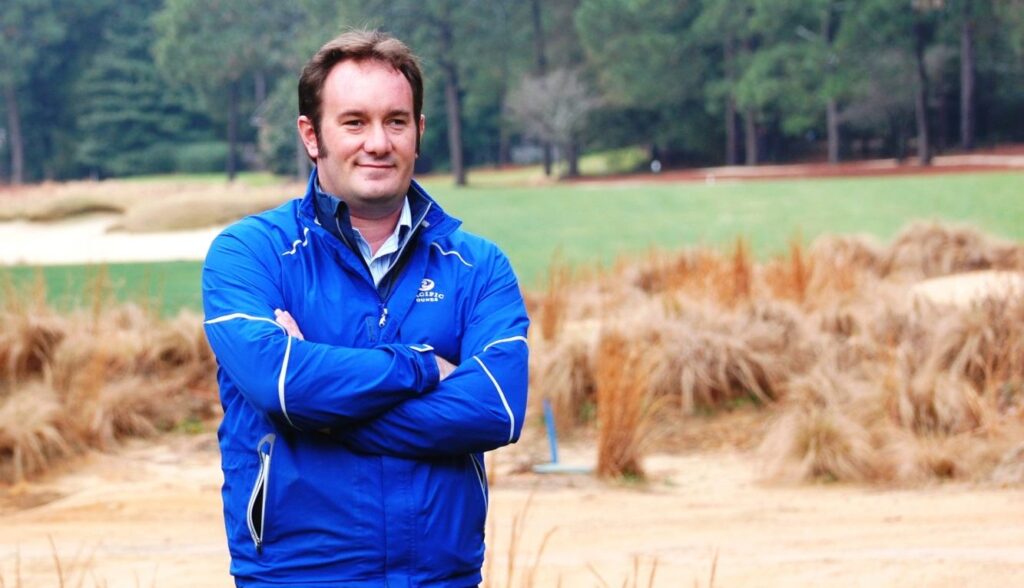
Franz Creating Legacy on the Links

Bring Fido! Pet-Friendly Finds Among the Pines

Bottlebrush: Pinehurst Area’s Best Kept Secret

Franz Part 2: The Legacy Continues

Why Visit Pinehurst If You Don’t Play Golf?
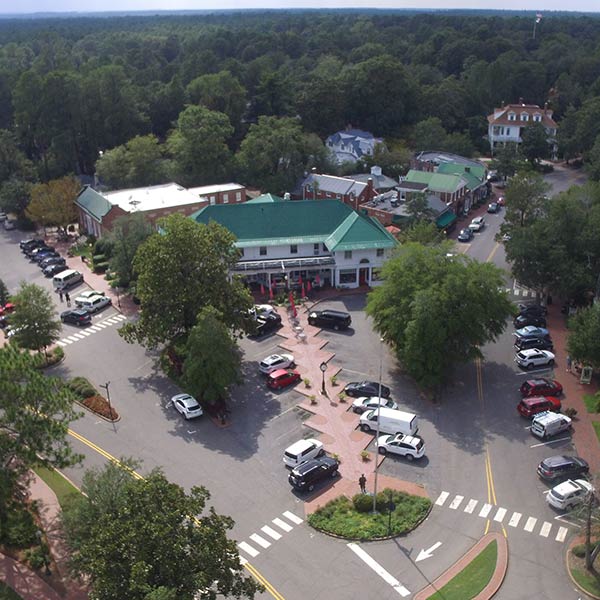
First Timer’s Guide to Pinehurst

Franz Part 3: On Sandhills Topography

Top 10 Places for a #Sandhills Selfie

“Bermuda Revolution” Around Sandhills Leads to Ideal Year-Round Golf

Hunger Games – Sandhills Golfers Dining Guide

Episode 1: Golf Tips with Nick Bradley

Episode 2: Golf Tips with Nick Bradley

Sandhills Embraces Walking Culture

Patrick Dougherty: The Stickman Cometh

Dining A to Z

Fall Renewal in the Sandhills

Pinehurst’s Ryder Cup 1951
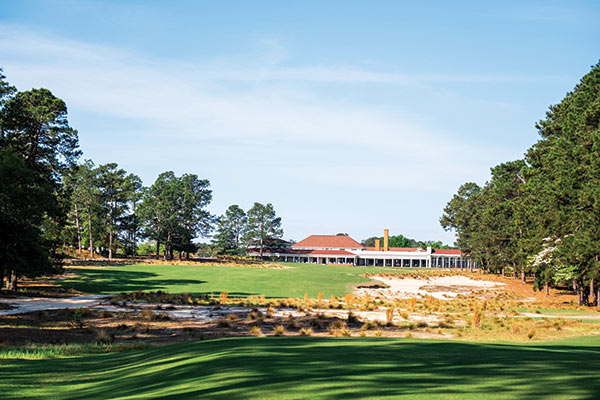
No. 2 Celebrates 10 Years

2004 Ryder Cup That Wasn’t

Family Fun in the Sandhills

Remarkable Golf Stays in The Pinehurst Area

Couples Weekend Getaway Ideas

Nature’s Canvas: Tobacco Road

Perfect Getaway to Southern Pines

Culinary Discoveries in the Sandhills of N.C.

Restaurant Roundtable Q&A

Dormie Club’s New Era

Talamore and Mid South: History of Their Own

Undiscovered Pinehurst

Off for Pinehurst

Talamore Doing More for 2022

Romantic Gift Ideas In Pinehurst Area

Foodie Weekend in the Sandhills

Wellness in the Pines

The Military Means Business in the Sandhills
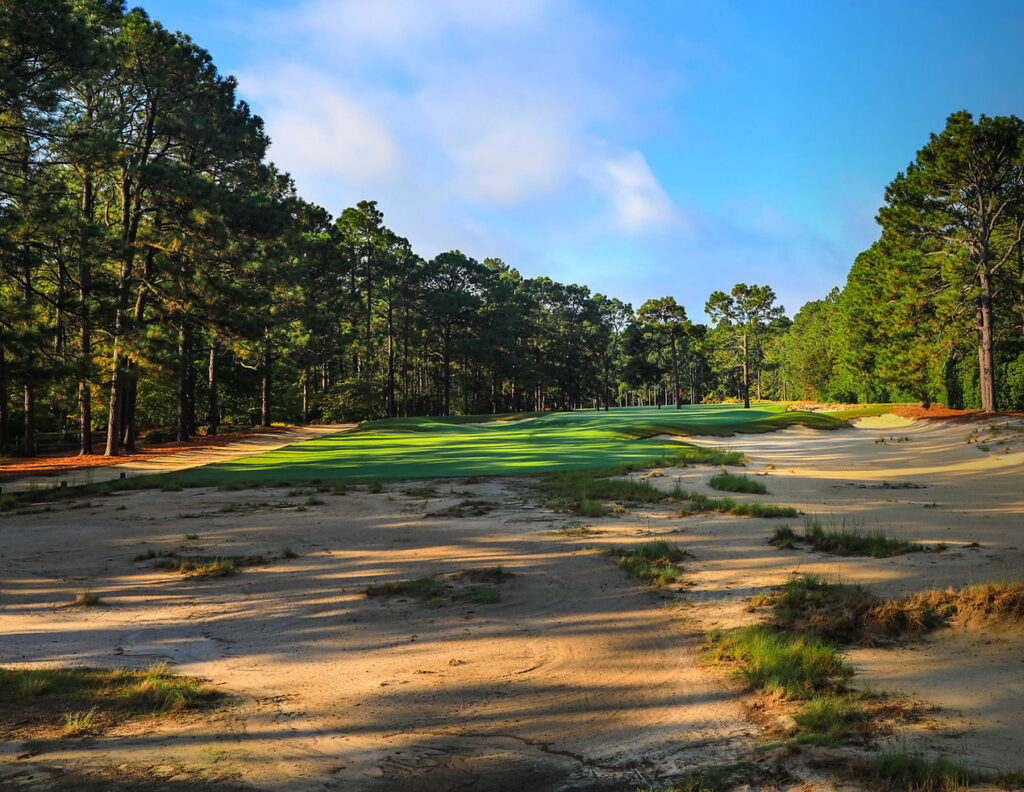
Pine Needles Goes Back in Time

Grande Dame of Women’s Golf

A Guide to Berry Picking in the Sandhills

Waltzing on the Danube with Peggy Kirk Bell

From Cradle to Cradle

Donald Ross Could Golf His Ball

No Resting on Laurels Around the Home of American Golf

Flower Farms in the Sandhills

Fall into Pinehurst Golf

What Goes Around…

Talamore Resort Debuts New Toptracer Range

The History of the Pinehurst Inns

“For me, Pinehurst is such a special place for golf!”- Tom Fazio

Maples Roots Run Deep in Sandhills Golf Design

New Southern Pines Mural

Pinehurst Area Buzzing with 2023 Excitement

Discover the Sweetness of the Sandhills

Celebrating the New Year in Moore County

The Big Three
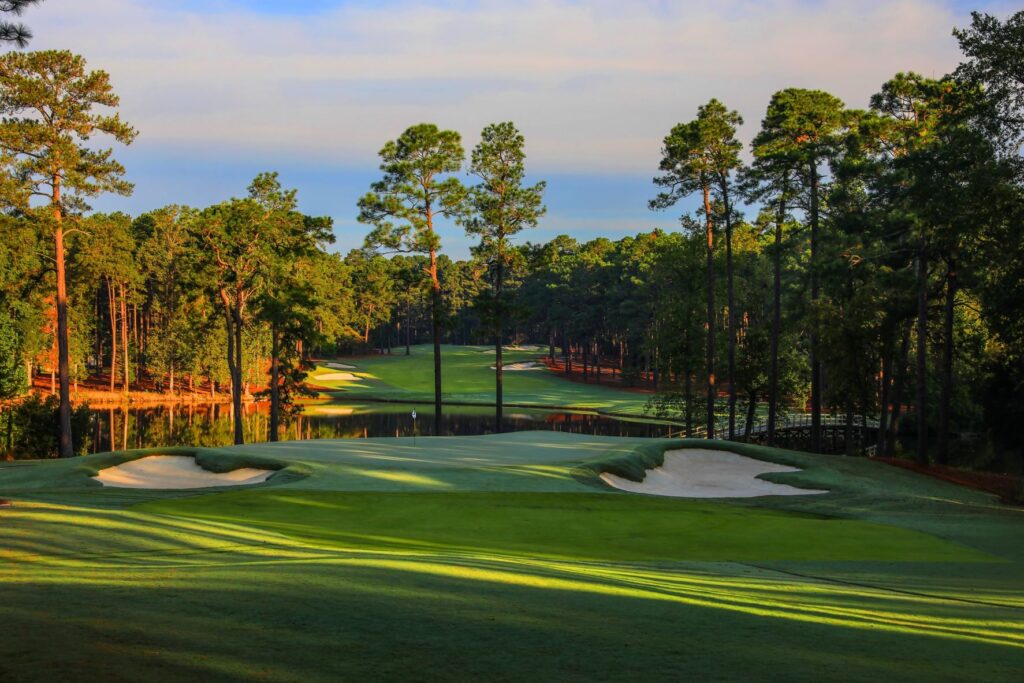
Jones Family Imprint

The Hanse Touch

Coore & Crenshaw Roots Run Deep

Pinehurst Resort Announces New Course to be Designed by Tom Doak

PINEHURST’S MAGNOLIA INN REOPENS

Southern Pines Golf Club Recognized

Spring in the Sandhills

Mother/Daughter Weekend in the Sandhills

A Few of Our Favorite (Golfing) Things
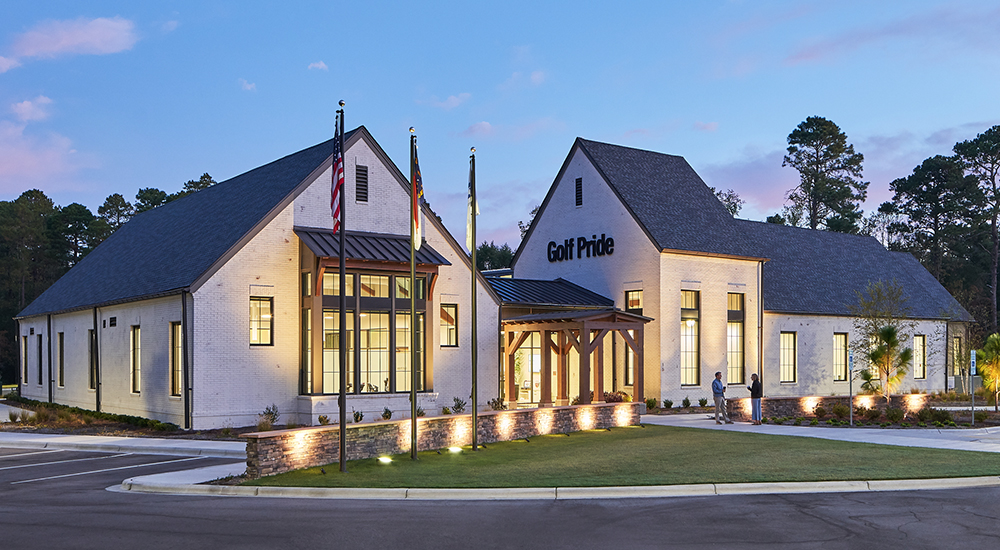
Golf Pride Retail Lab a must-see experience for your Pinehurst itinerary

6 Trails to Explore for the Year of the Trail

Pinehurst No. 2 Still Ranked Best Course in NC

Sandhills Ecology 101

X Marks the 10-Spot

Best Date Night Ideas in the Sandhills

Small Towns Big Style

9 Urban Trails Around Pinehurst Area

Uniquely Pinehurst

2024 U.S. Open: A Look Ahead

1999 U.S. Open: A Look Back

A Restorative Weekend Getaway at Tanglewood Farm B&B in Southern Pines

Top Things To Do On A Long Weekend

Independence Day in the Sandhills
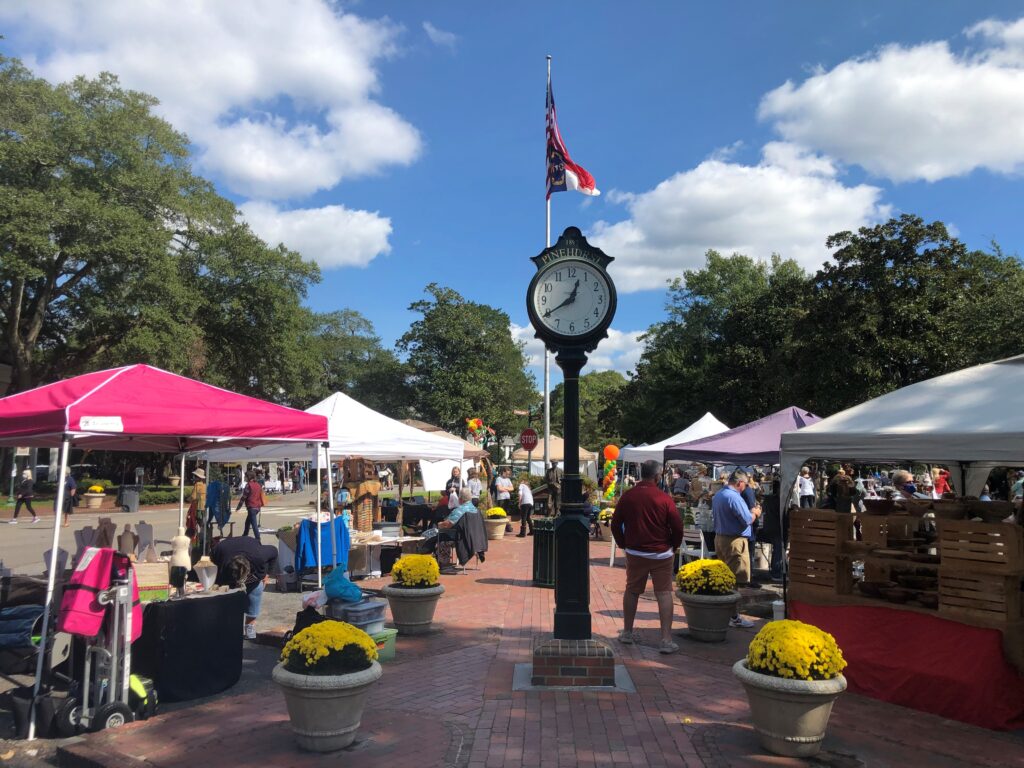
Fall Events Around the Sandhills

Celebrating NC Peaches

Kid You Not

Sleepy Summers No More

Getting Outside

When They Were Young

Pinehurst Major-itis

Loving Our Black & Whites
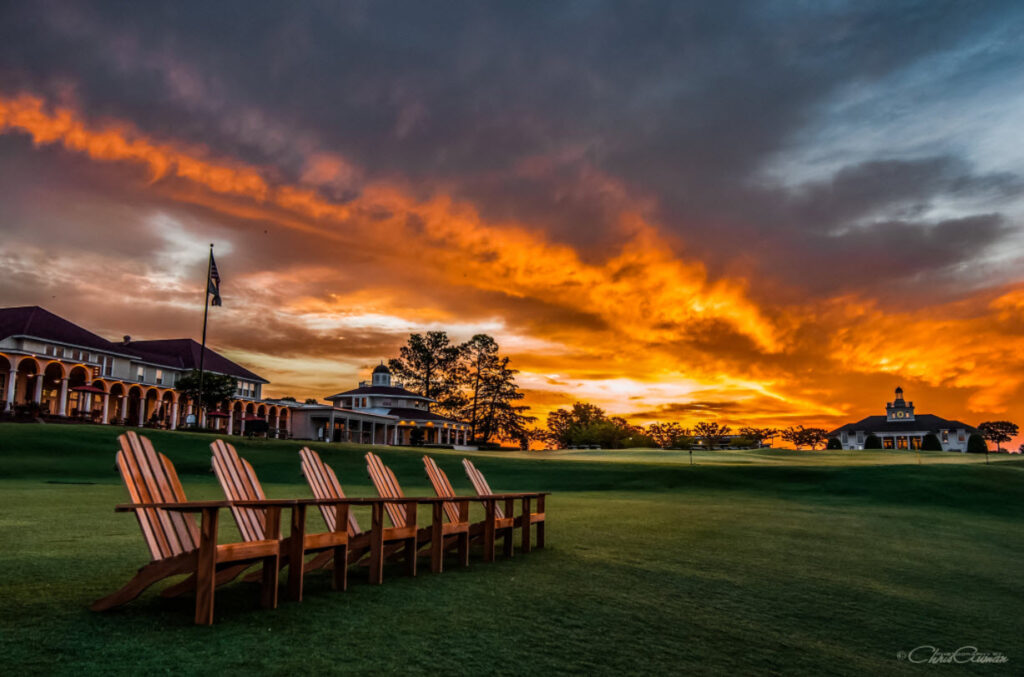
Lens of the Sandhills

Festival D’avion Named as Signature Event
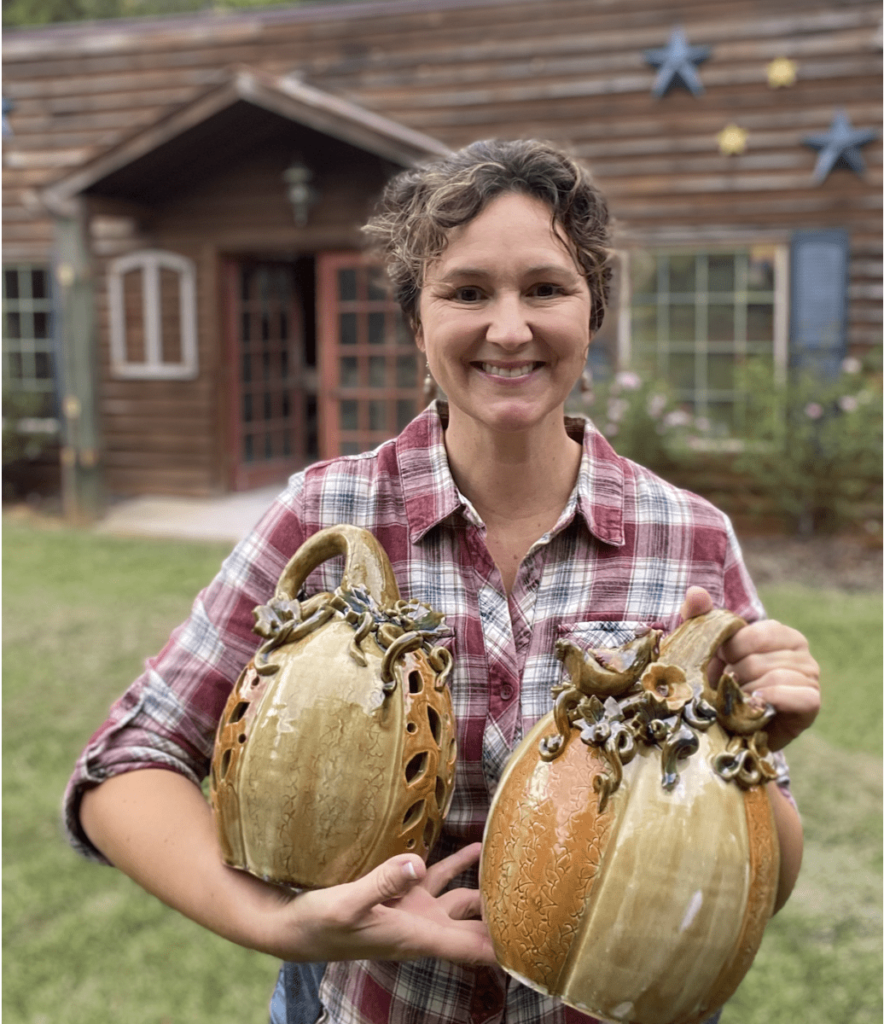
Celebrate American Craft Week

Act Two for Tot Hill Farm
Legends of the Pines

Breakfast Joints of the Sandhills

The Scottish Invasion

To Dornoch and Back

A “New” Pinehurst Welcomes the World in 2024

Pinehurst Holiday

Golfers Gift Guide

Sandhills Nightlife Scene

A U.S. Open Year

Payne at 25

Where to Antique in Cameron and Carthage

Girls’ Weekend in Moore County
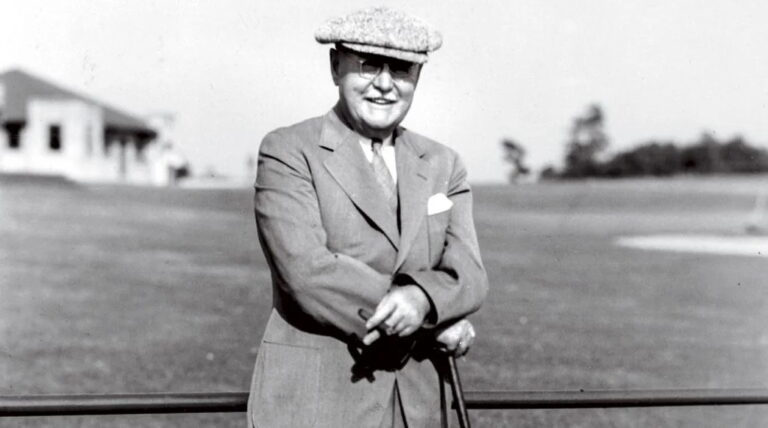
Sandhills Hall of Fame

Hall of Fame Take Two
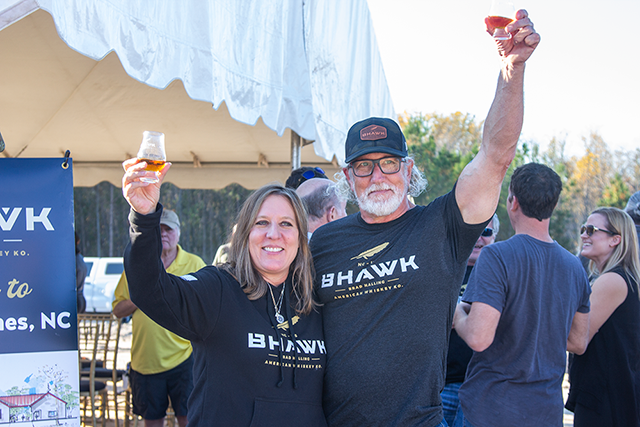
BHAWK Distillery Toasts Military Spirit

A Dozen Master Strokes

Popular Pinecone Pathways Returns for Spring 2024

The Dynamic Decade

Sandhills Pours Double Dose

Rebirth at Woodlake

Pints in the Pines: A Guide to the Breweries of the Sandhills

